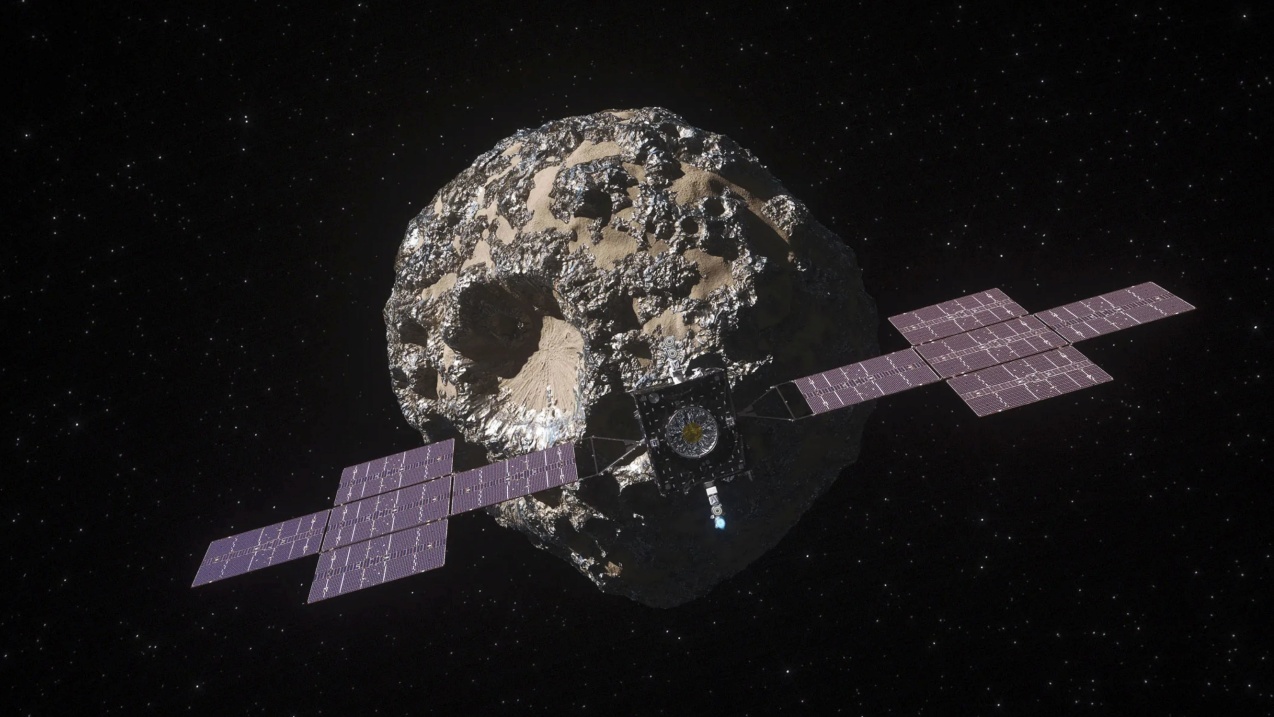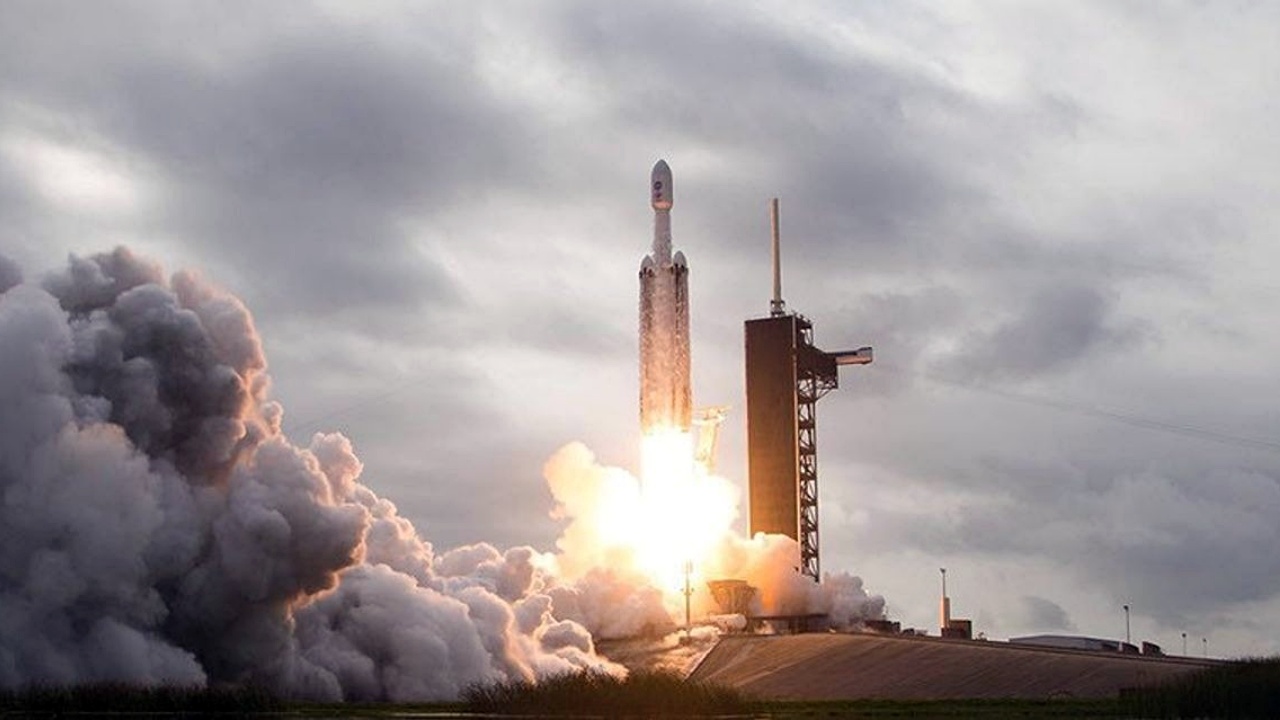16 Psyche, the asteroid that could change the global economy (and deal a deadly blow to China)
NASA is working on a mission aimed at exploring the mining possibilities of an asteroid. Its name is Psyche 16 and it is estimated to be worth 10 quintillion dollars in metals like iron and nickel, among many others.

Imagine a future where the wealth of our planet is no longer limited to what we find beneath our feet. What if coal mining or rare earth extraction on Earth became a thing of the past, replaced by the inexhaustible pantry of outer space?
What once sounded like science fiction is now closer than we might think. Indeed, NASA has been working for years to make asteroid mining a reality long before this century ends.
"The potential of asteroid mining has excited entrepreneurs around the world"
The Psyche Mission, a journey into the unknown
On October 12, 2023, NASA launched the Psyche Mission, an ambitious project to study the asteroid 16 Psyche. Located in the asteroid belt between Mars and Jupiter, this cosmic giant is of a very particular type: it is a metallic or M-type asteroid.
For the first time in history, a spacecraft is heading to explore a space rock primarily composed of metals. The first images and data from Earth have given us an idea of what to expect, but the truth is that no one knows for sure what surprises Psyche will hold when the spacecraft arrives in 2029.
Beyond its immense scientific value — which could unveil the secrets of how our Solar System formed and evolved — some look at 16 Psyche with different eyes: those of space mining.
A floating treasure in space
The asteroid 16 Psyche, about 220 kilometers in diameter, represents approximately 1% of the total mass of the entire asteroid belt. But the most surprising thing is its composition. Some estimates suggest it could contain the astonishing amount of 10 quintillion dollars in iron, nickel, and other precious metals.
Yes, you read that right, 10 quintillion! This is not just an impressive figure; it is a quantity of resources that would drastically change the global economy and, in the process, deal a deadly blow to global dependence on rare earths and metals controlled by powers like China.
The promise is tempting: an almost unlimited source of metals that could lower technology costs, boost new industries, and free us from the limitations of terrestrial resources. But, are we really capable of extracting these metals and bringing them back to Earth?

The challenge of bringing the stars home
Sending rovers and probes into space is already a reality, but returning large amounts of material to Earth is a different story. Missions like Hayabusa2 and OSIRIS-REx have shown that we can bring back small samples from asteroids. However, extracting and transporting vast amounts of material is a monumental challenge.
"The potential of asteroid mining has excited entrepreneurs around the world", says Bill Bottke, co-investigator of the Psyche mission at the Southwest Research Institute. But he is also realistic: "Asteroid mining is difficult and Psyche is far away. It may be a long time before the world suggested by the TV series 'The Expanse' becomes a reality."
Still, Bottke adds a crucial detail: "When that day comes, Psyche would be an excellent target, depending on what we want to do with its metals." And it's not just Psyche. Other M-type asteroids, like 1986 DA and 2016 ED85, although smaller, are much closer to Earth and would be easier and less costly to exploit.
The possibility of small-scale mining on asteroids could materialize before the end of this century. The dream of a space economy that transforms our reality on Earth is no longer just a movie plot. We are, perhaps, on the threshold of a new era.
Fuente: BBC Sky at Night

